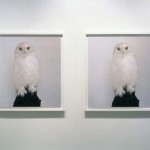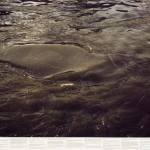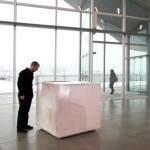Photographer/ceramicist Isaac Scott enlightens and enriches modern understanding of the slave trade
September has been a great month for art shows in and near Cambridge. I’d especially like to call out an amazing exhibit of the work of ceramicist Isaac Scott called ” Mouros” which will be at Lucy Lacoste Gallery, 25 Main Street in Concord, Mass, through October 14.
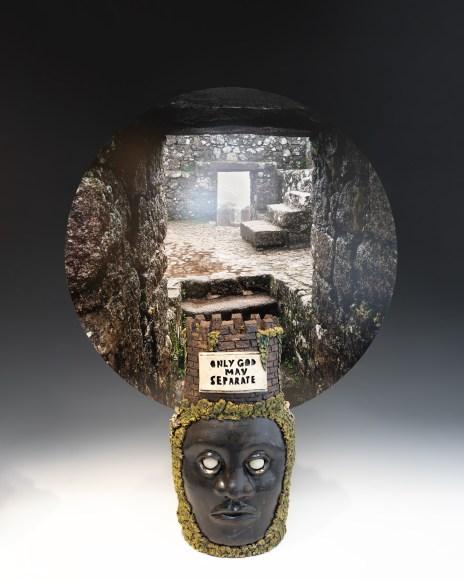
Scott, now of Philadelphia, is a brilliant young sculptor and photographer whose photos of the 2020 riots in Philadelphia following the death of George Floyd were published by the New Yorker Magazine– earning him the National Magazine Award for Feature Photographer of the Year in 2021. He is also a fabulous sculptor/ceramicist.
Not long ago, Scott told me at the Lacoste opening, he visited a friend in Lisbon, knowing little about that city or Portugal. Taking tours of the city, he learned about its Moorish roots, legends of ghostly ancestors, and of the slave trade that originated in Lisbon the 1400s. Descended from slaves himself, he was fascinated by the stories he heard, and, when he returned to the US, crafted a series of ceramic heads, called “Mouros,” which, in the LaCoste exhibit, he pairs with photos he took of Lisbon and its surroundings.
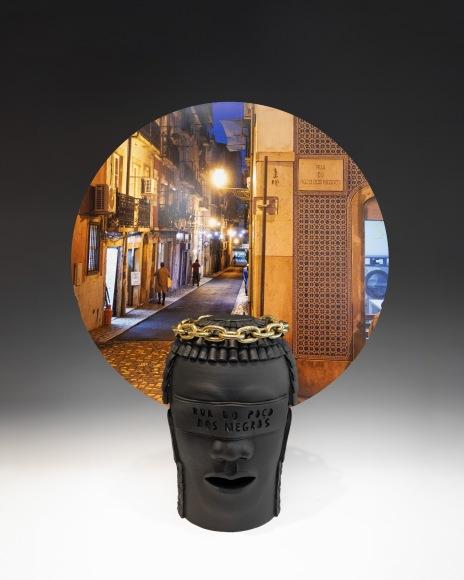
“Rua Do Poço Dos Negros (Road of the Black Pit) is a street in Lisbon today. This street is a mass grave site for slaves. The irony is that the justification for taking the Slaves was so they could be converted to Christianity yet once converted, they were not considered worthy of being buried in the Catholic cemeteries. The Black Bust is wearing a crown of gold chain with eyes covered by a mask bearing the name of this street.“
- Isaac Scott
Rua Do Poço Dos Negros, 2023 - Glazed Stoneware with Steel Chain
- 17.25h x 12.25w x 12d in
- Archival Pigment Inkjet Print mounted on Dibond
- 36 x 36 in
- IS016
“The exhibition powerfully brings to light the origination of the slave trade, references the African diaspora; and brings us back full circle to the present day with references to graffiti and hip-hop culture,” said Gallery Owner Lucy Lacoste..
One pairing includes a Mauro bust with a remarkable close-up photo of pigeons–whose ubiquity and flights all over the world seemed to parallel with the travels of Portuguese and other slave ships, Scott said.
“Pombo (Pigeon), 2023
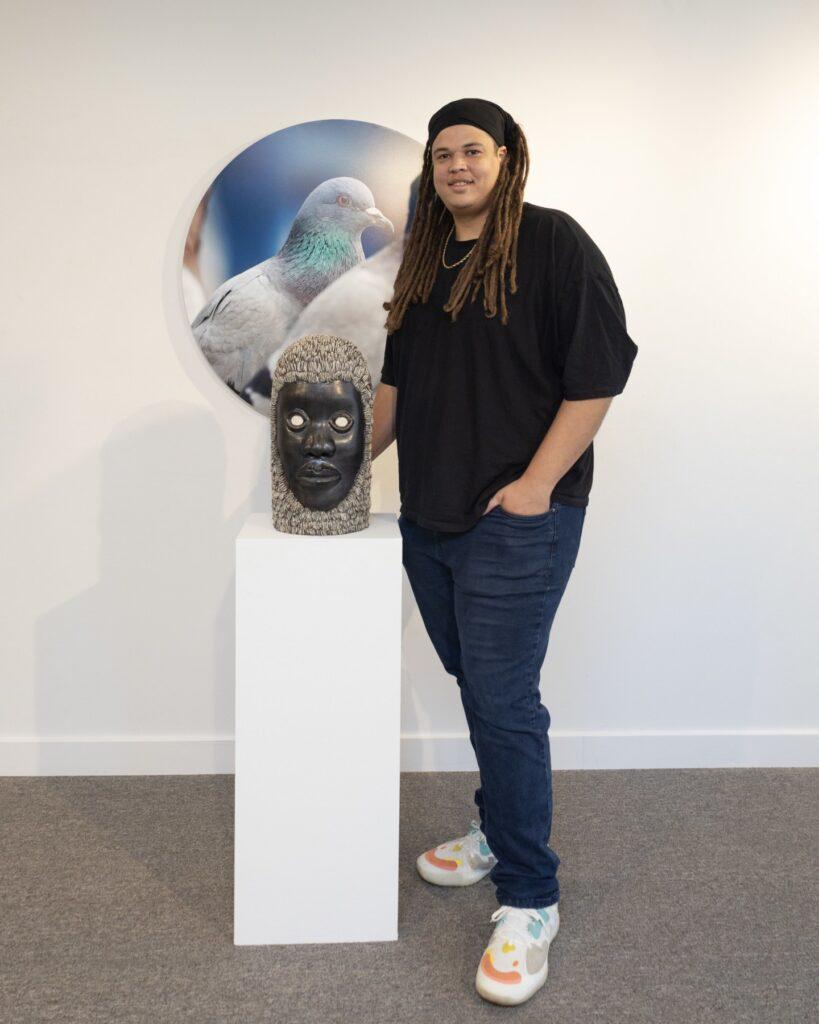
The artist uses the pigeon as a symbol for the African Diaspora, which like the bird, spread all over the world and were domesticated. Most cities have feral pigeons. Once they are free, they are seen as a problem. The bust is covered with meticulously carved sculptured feathers with wings on the side.
Lacoste added, “In my over 30 years of being a gallerist, I’ve rarely seen an artist whose work is more exciting. Here the artist pushes the boundaries of contemporary art by creating a dialogue between the two mediums of ceramics and photography to tell the culturally relevant story of the slave trade. “
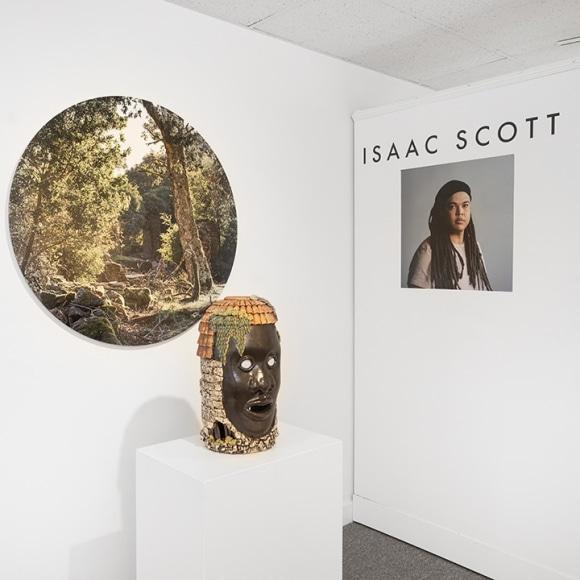
Castelo Dos Mouros, 2023
This piece is inspired by the Moorish Castle in Cientro outside of Lisbon. The image is of a section of the castle. The plaque is a reference to another mass grave found at this location. After a renovation, experts were unable to distinguish which bodies were Moors or which bodies were Christian and reinterred them in a mass grave with a tombstone that read “What Man brought together only God can separate.”
Isaac Scott received his MFA from Temple University in 2021 under Roberto Lugo. Introduced to Lucy Lacoste in 2022, Scott was included in a well-received group show at the Gallery that year in which he showed his #Philadelphia Series, sculpture inspired by the 2020 Riots in Philadelphia, the city where he lives, after the death of George Floyd.
At Lucy Lacoste Gallery, 25 Main Street, Concord, Mass., through October 14, 2023.
–Anita M. Harris
Anita Harris is a writer and photographer who resides in Cambridge, Mass.
New Cambridge Observer is a publication of the Harris Communications Group, also in Cambridge.
“
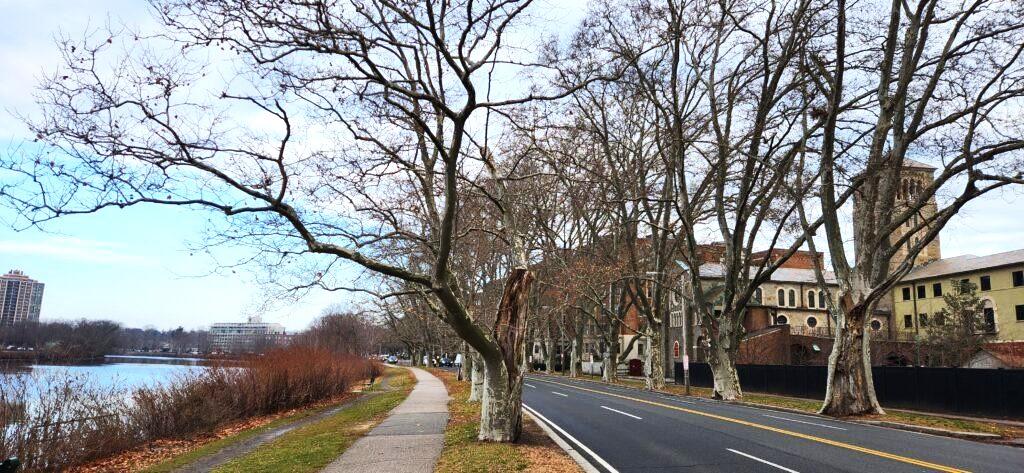
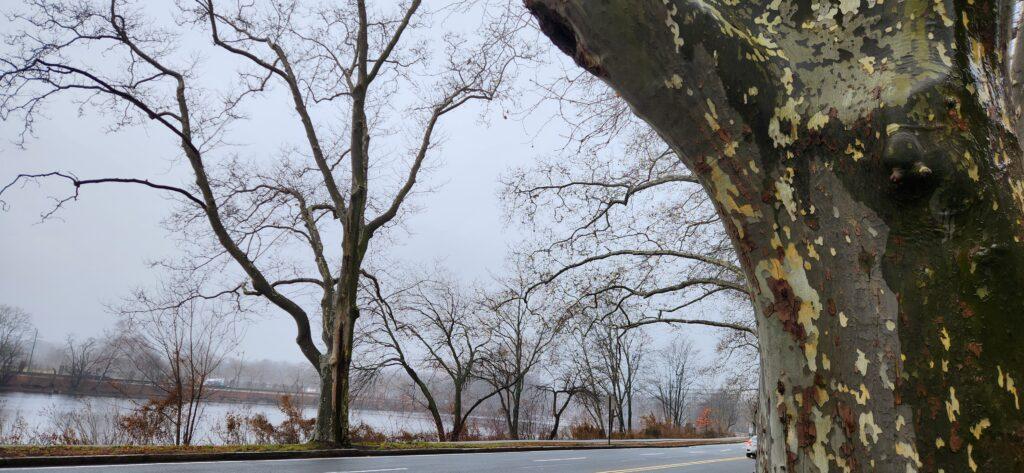
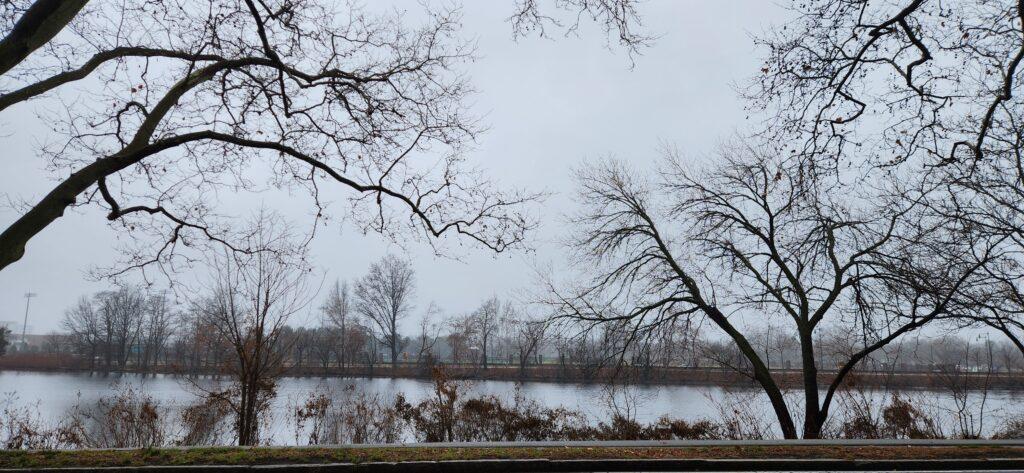
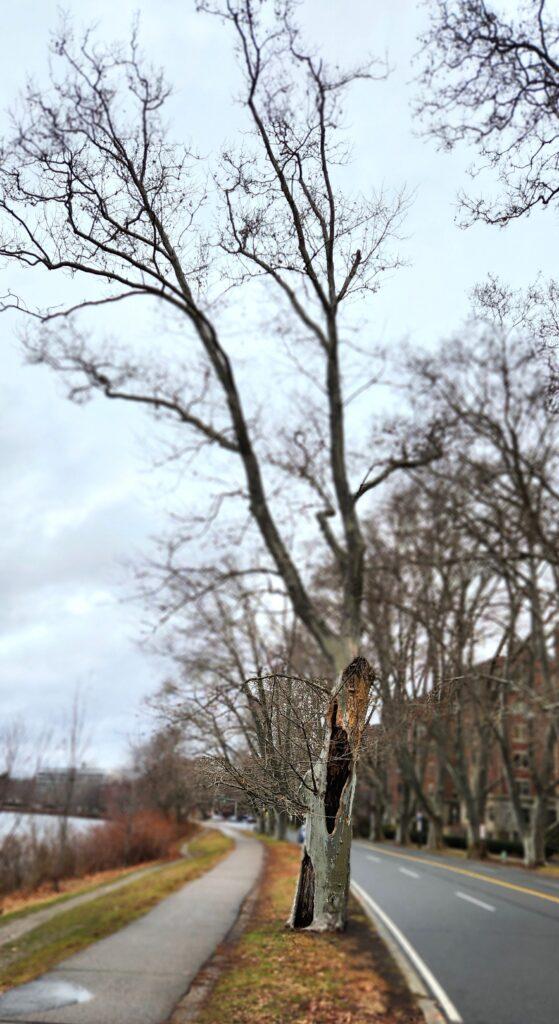
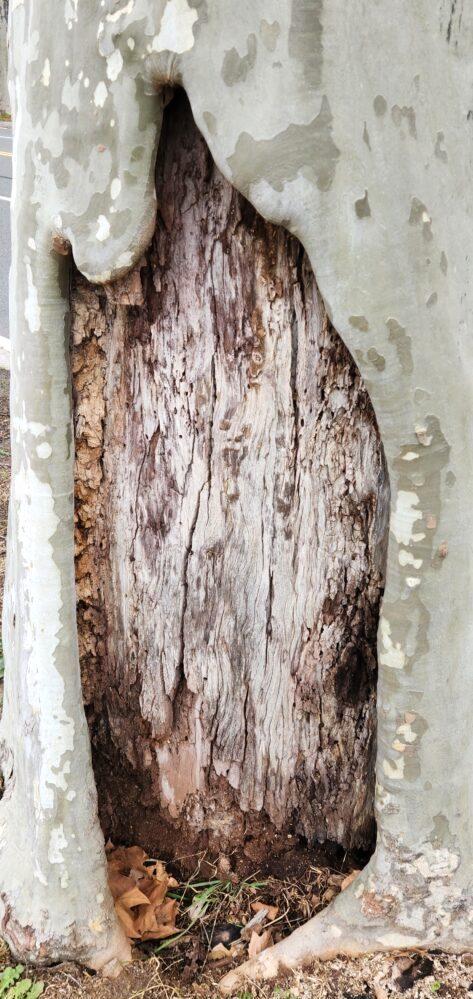
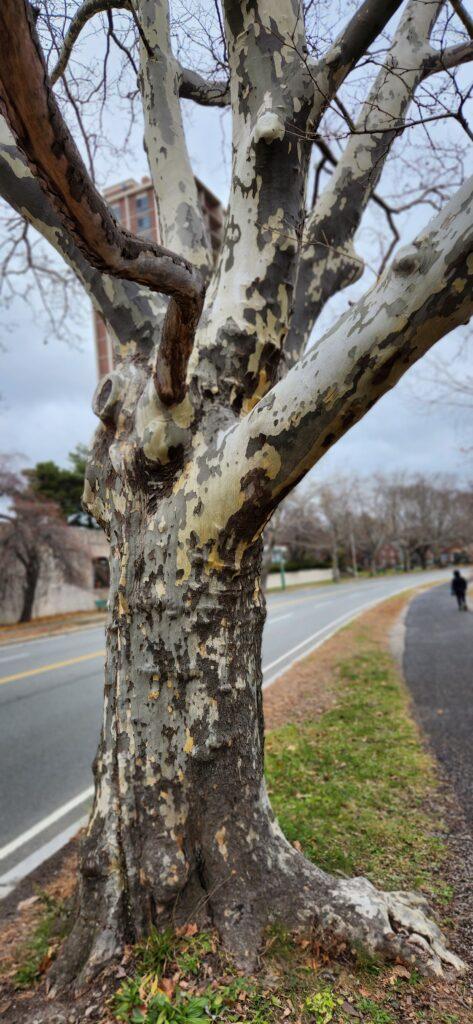

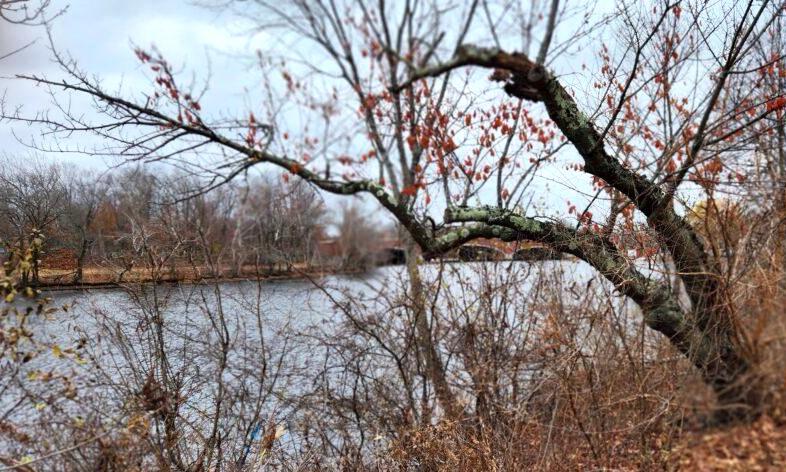

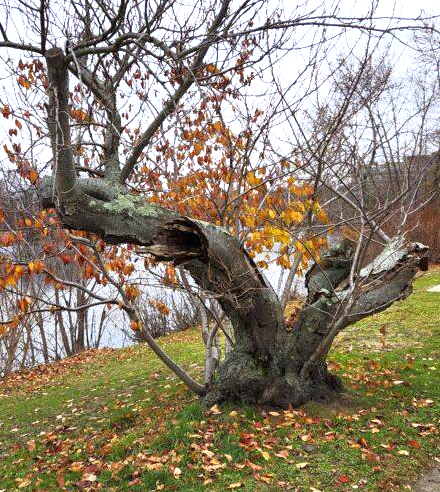
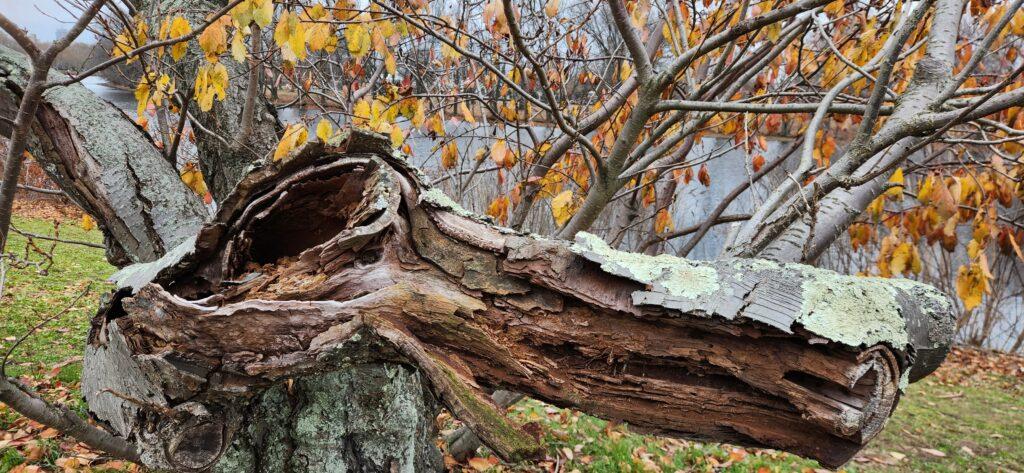
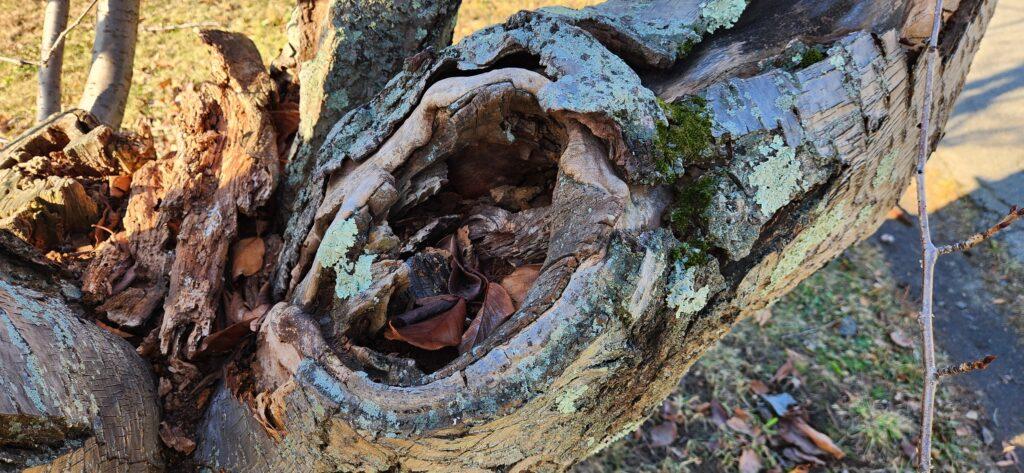

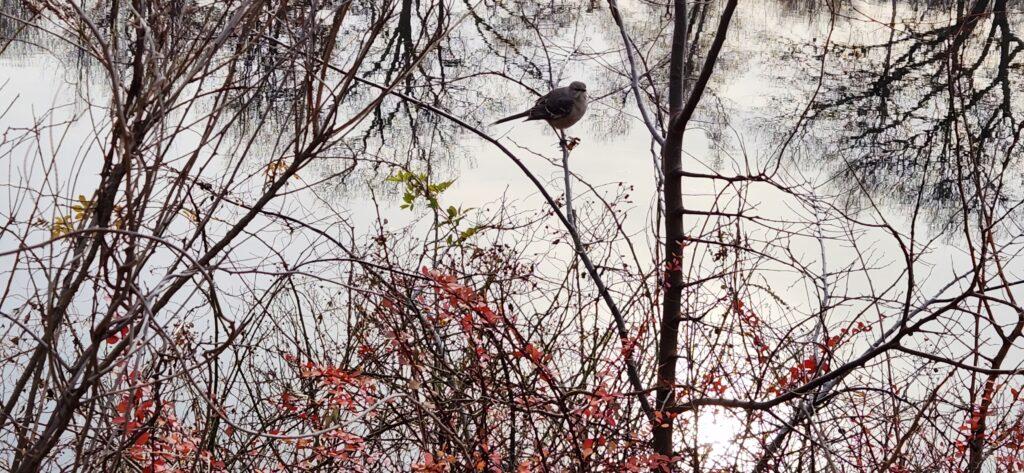
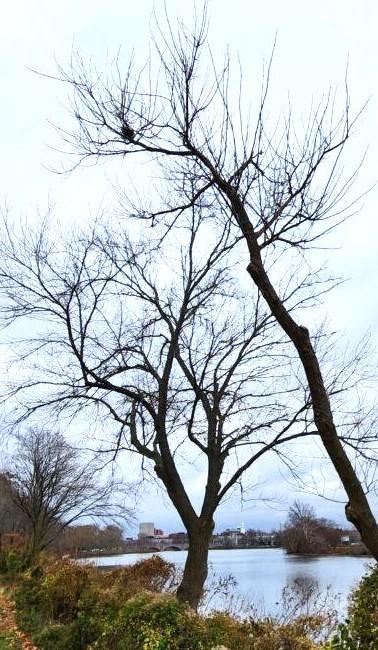
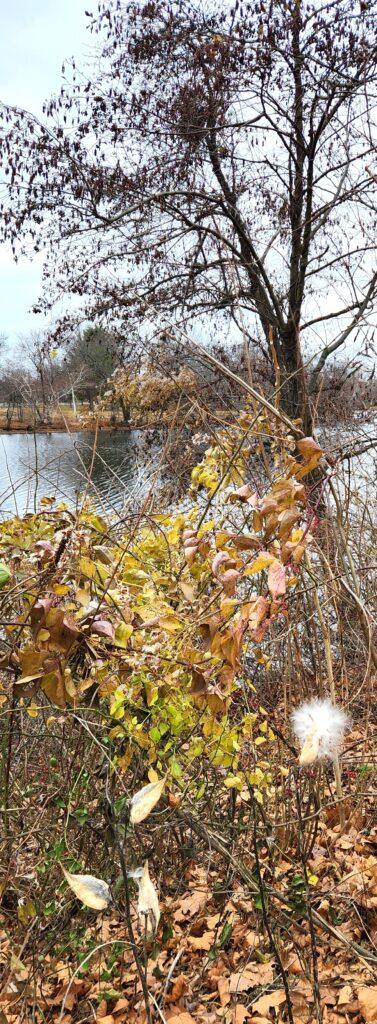
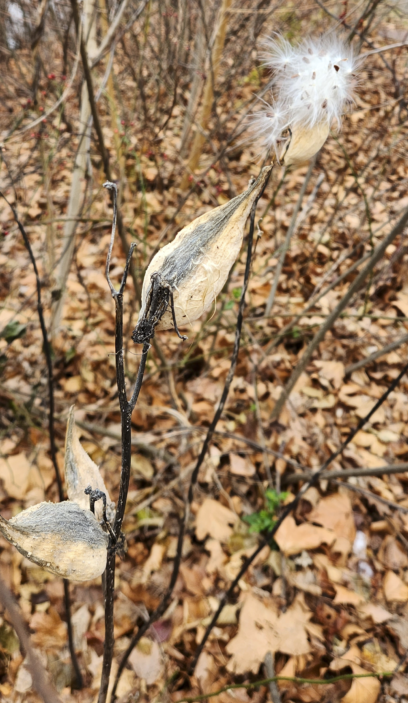
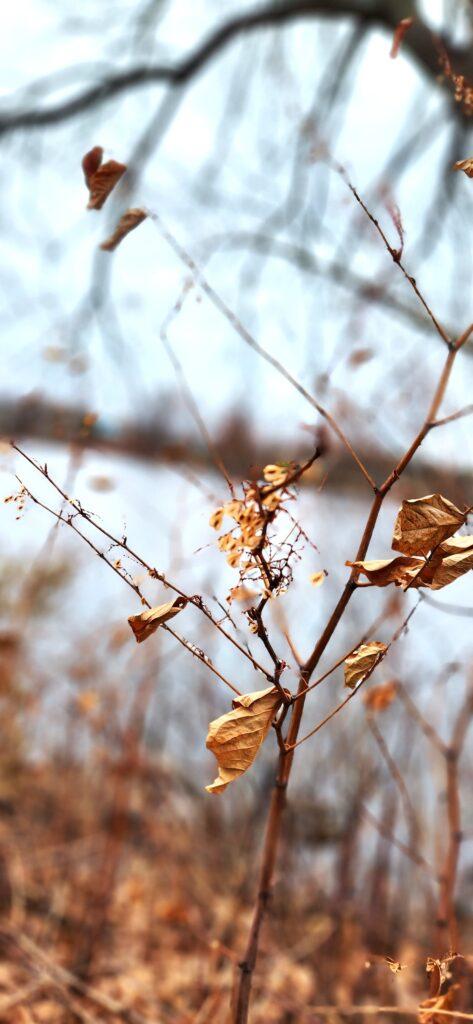

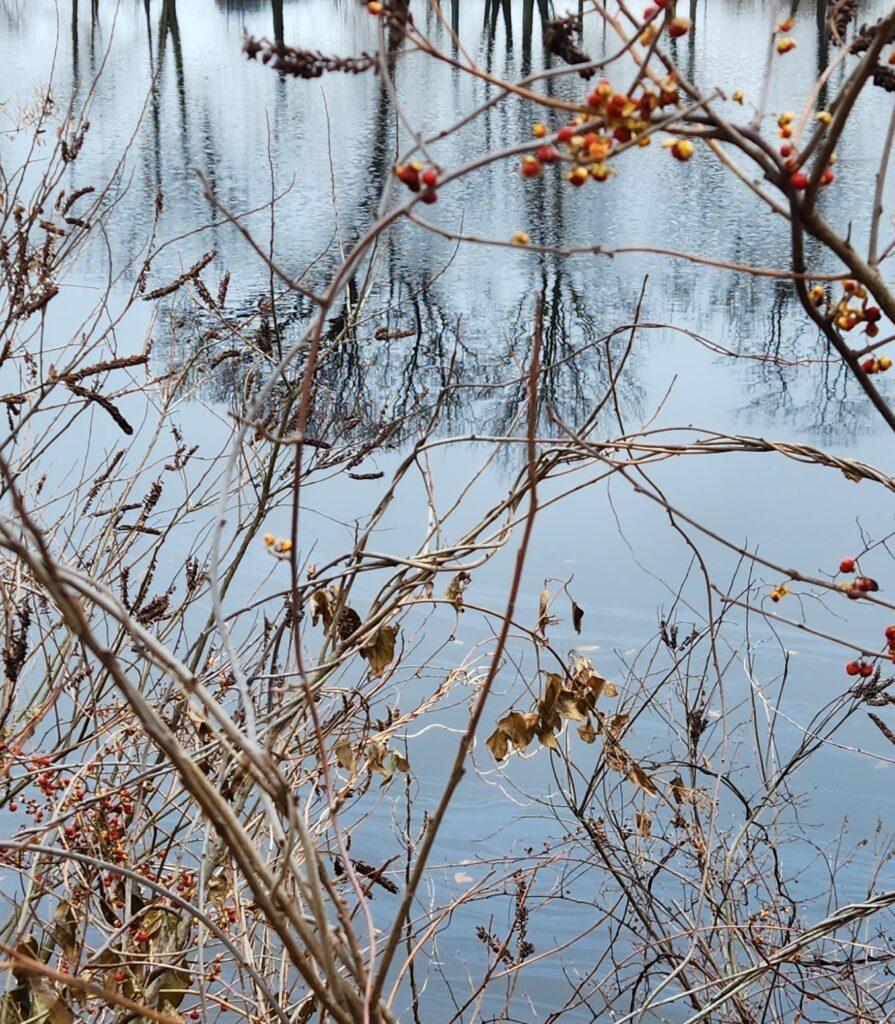
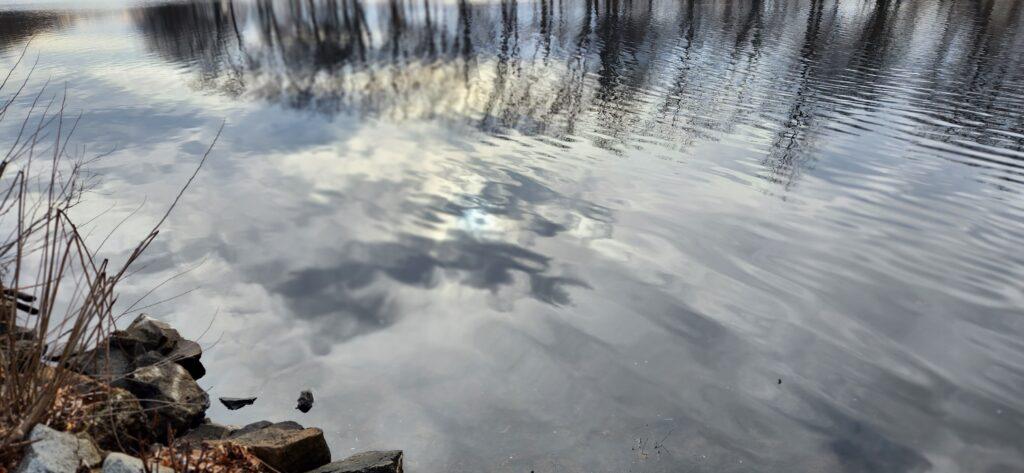
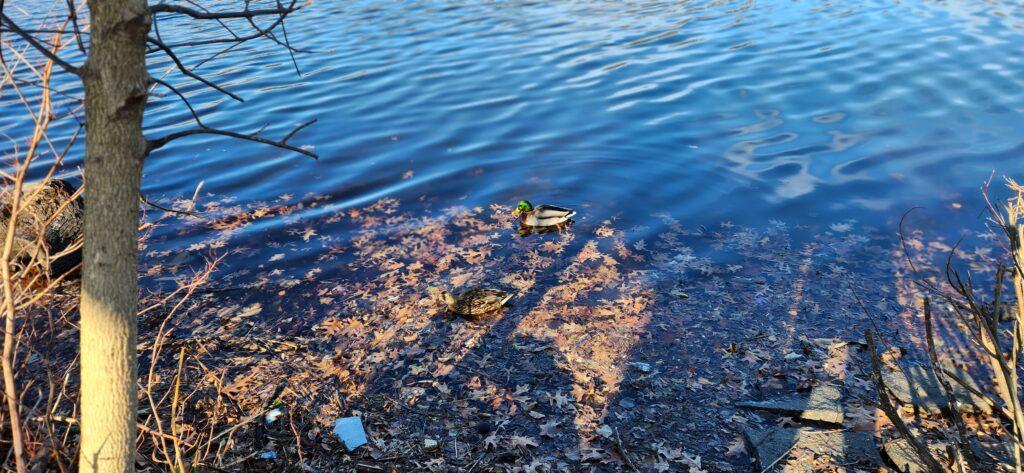
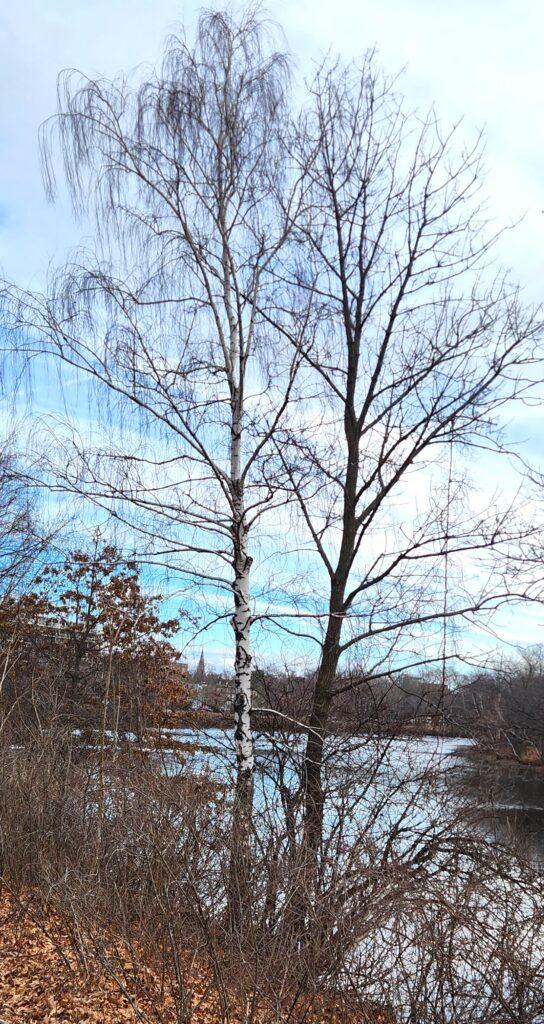
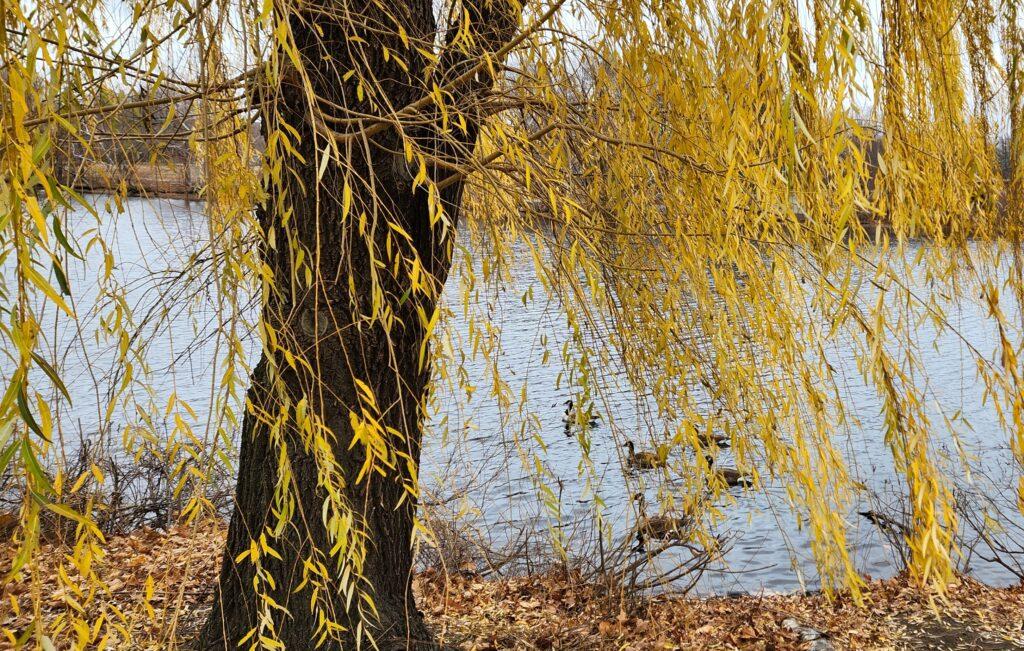
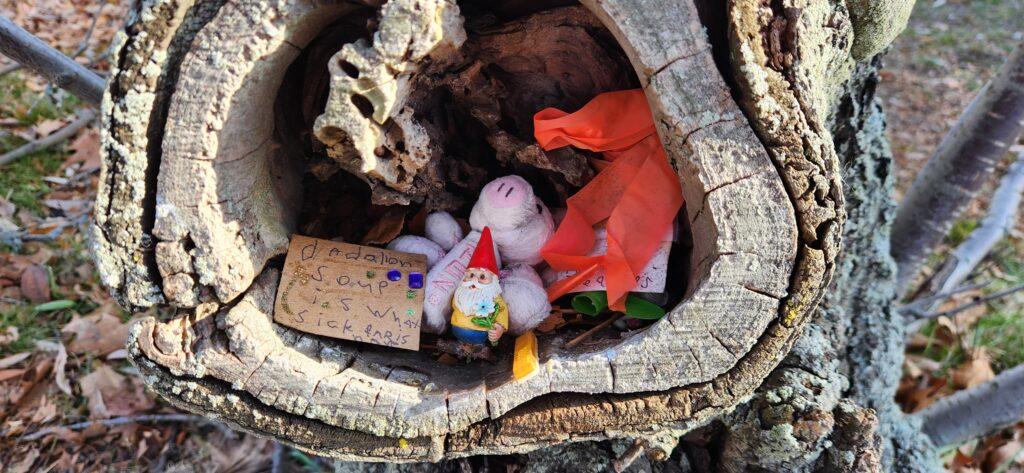

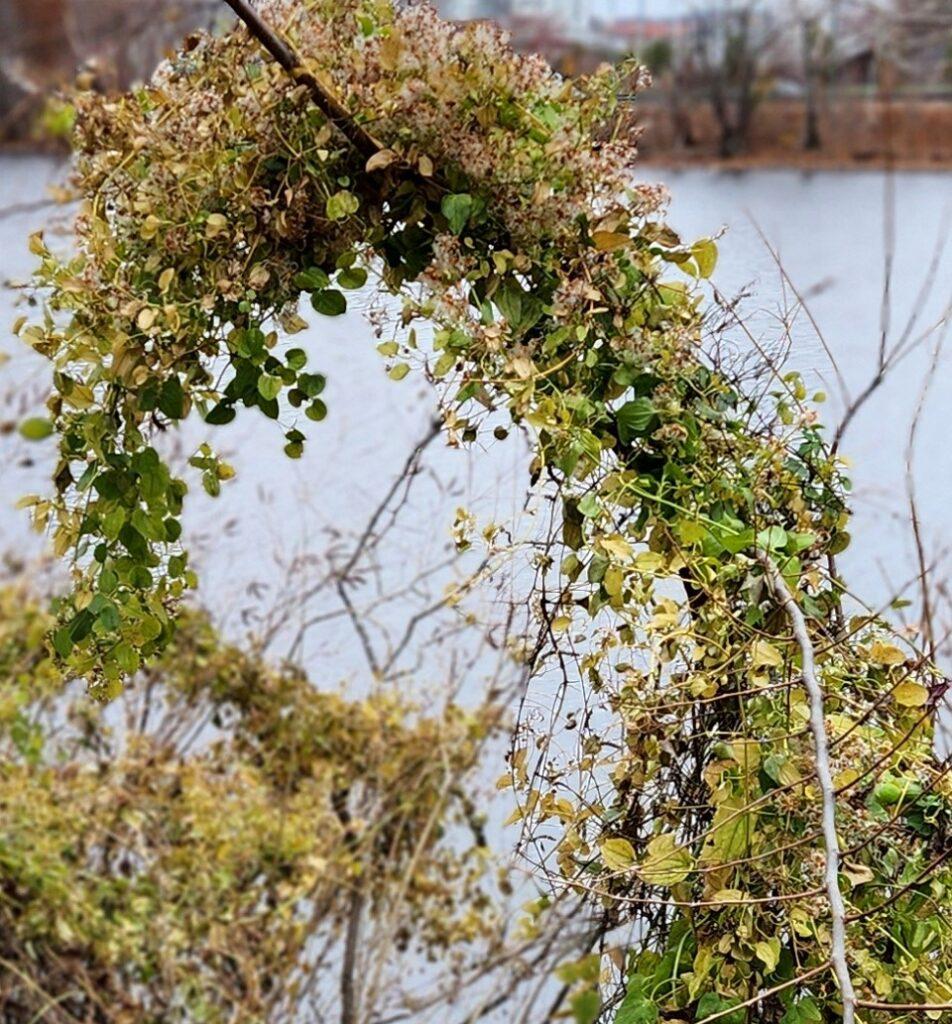
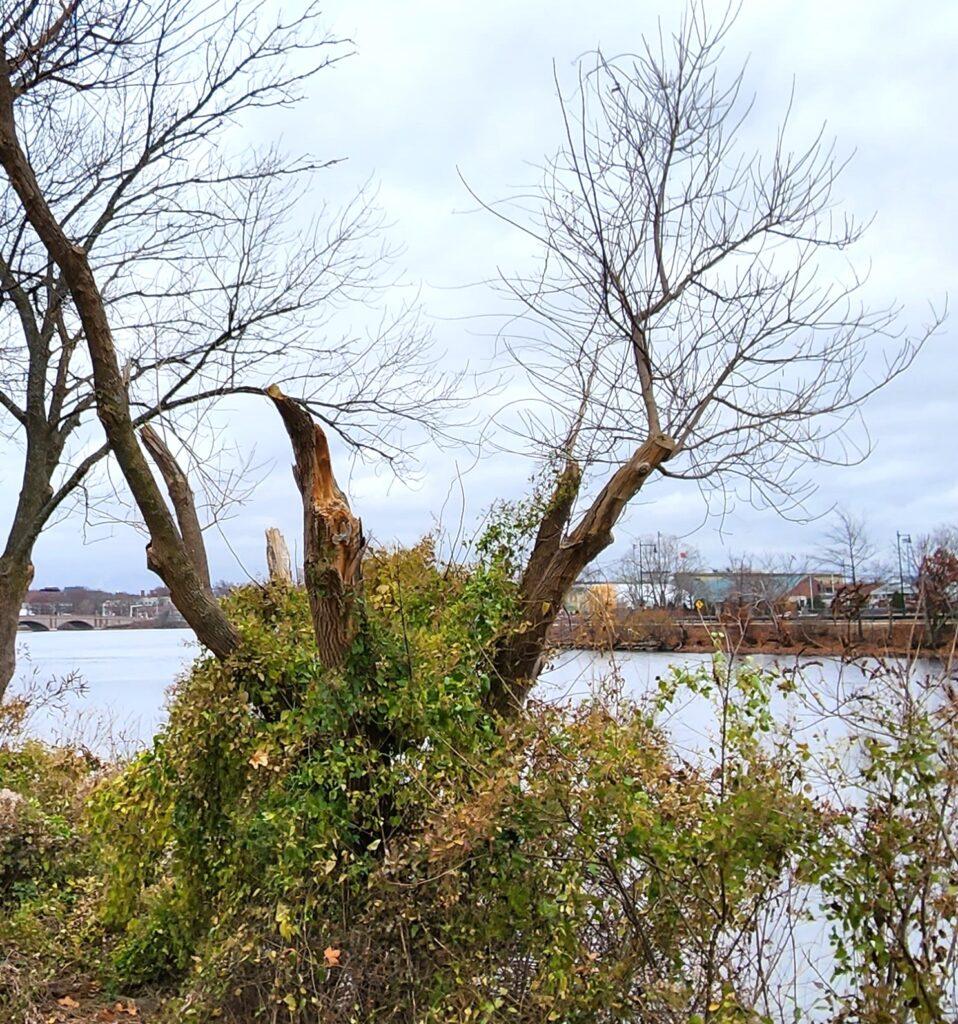
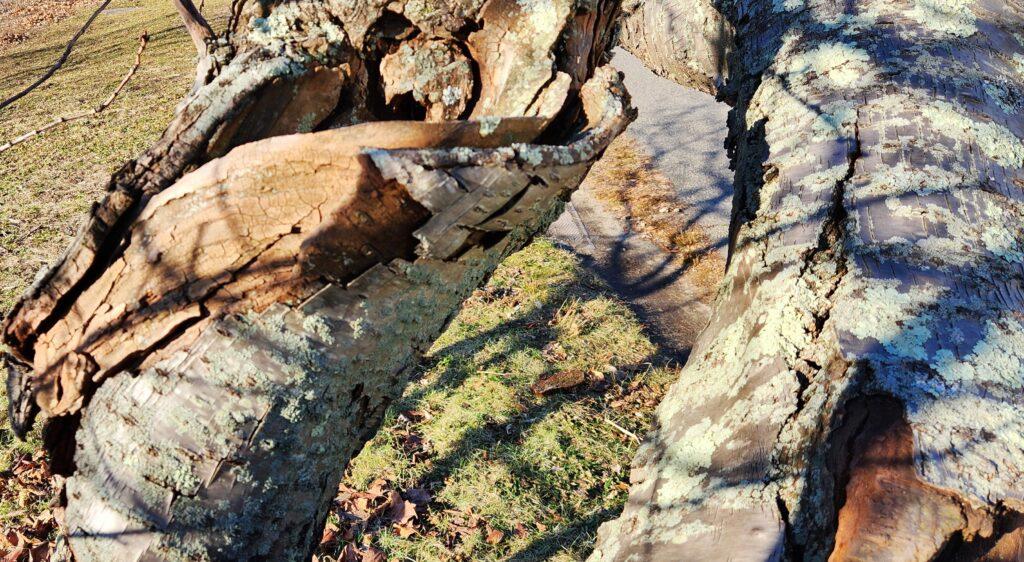





























































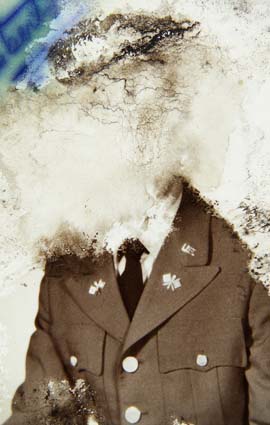
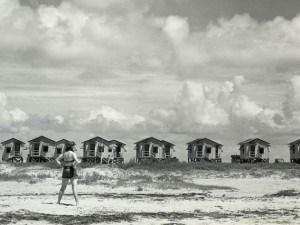
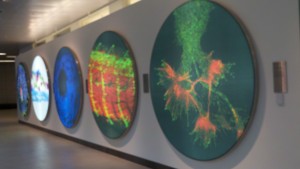
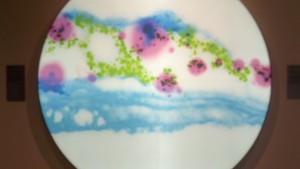
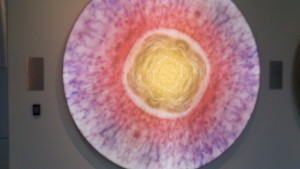
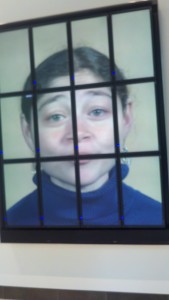
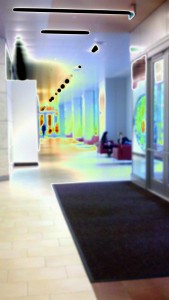
 At Boston’s
At Boston’s 
